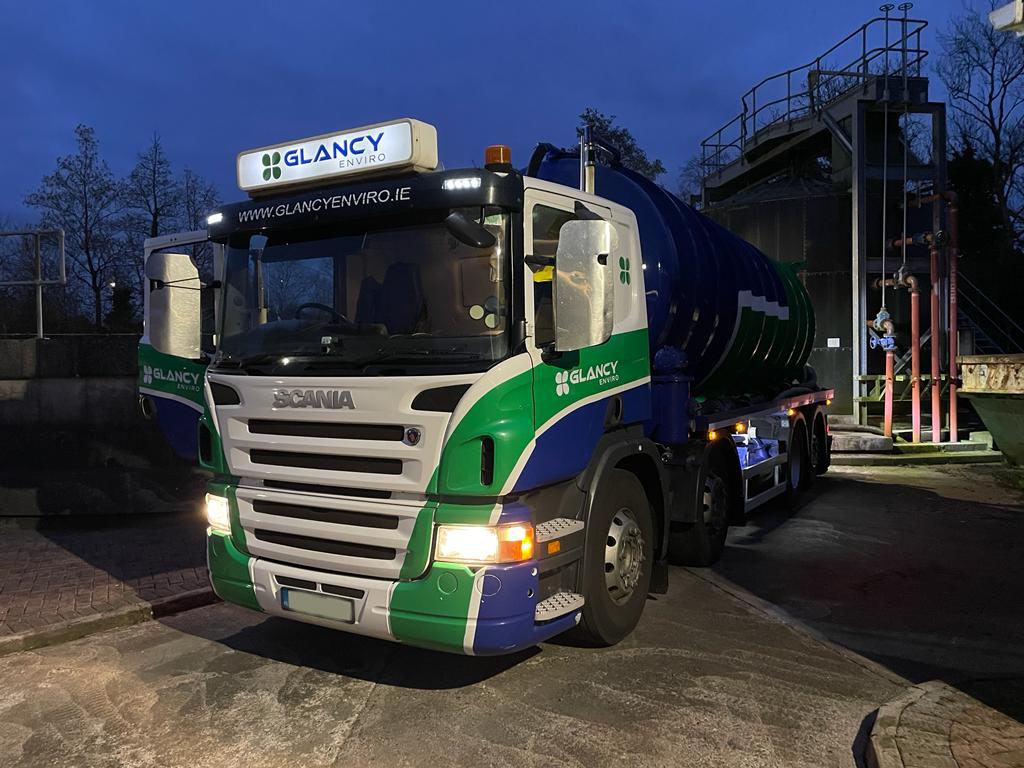The Best Guide To Reclaim Waste
The Best Guide To Reclaim Waste
Blog Article
Not known Factual Statements About Reclaim Waste
Table of ContentsThe Single Strategy To Use For Reclaim WasteNot known Incorrect Statements About Reclaim Waste Some Of Reclaim WasteSome Known Details About Reclaim Waste Reclaim Waste Can Be Fun For Anyone
Residential sewer waste refers to the waste and products from a household septic tank. The appropriate management and disposal of domestic sewer waste require fluid waste to be moved to a sewer treatment plant where the appropriate approaches and devices are used to detoxify and dispose of waste.
Industrial waste usually includes prospective threats, such as flammable products or a combination of liquid and solid waste products, and needs an advanced and thorough disposal procedure. The disposal of commercial waste usually entails the purification of waste before transportation to make sure secure and proper disposal. Industrial waste is produced from by-products and overflow of commercial procedures and manufacturing.
This sort of waste can not use the same sewage administration transportation or procedures as septic or commercial liquids. The commercial waste administration procedure calls for the inspection and testing of liquid waste before it undergoes the disposal procedure (liquid waste disposal). Drainage waste is the fluid waste that originates from drainage and excess stormwater in very booming locations or cities
Overflow waste can trigger contamination and flooding if not managed appropriately. Find out more about drain cleaning and waste management. Guaranteeing proper waste management can prevent calamities and lower environmental harm. Both individuals in household settings and professionals in business or production industries can take advantage of comprehending the processes and regulations of fluid waste administration.
A Biased View of Reclaim Waste
Call PROS Services today to discover concerning our waste administration and disposal solutions and the proper methods to look after the liquid waste you generate.
(https://reclaimwaste1.start.page)This supposed 'wastewater' is not only an essential resource however, after therapy, will certainly be released to our land, waterways or the sea. Made use of water from toilets, showers, baths, cooking area sinks, laundries and commercial procedures is known as wastewater.

water used to cool down machinery or clean plant and tools). Stormwater, a form of wastewater, is drainage that flows from agricultural and city areas such as roof coverings, parks, gardens, roads, courses and gutters right into stormwater drains pipes, after rain. Stormwater streams without treatment straight to regional creeks or rivers, eventually reaching the sea.
The Ultimate Guide To Reclaim Waste
In Queensland, most wastewater is dealt with at sewage treatment plants. Wastewater is moved from residential or commercial websites via a system of sewage systems and pump terminals, called sewage reticulation, to a sewer therapy plant. City governments construct, keep and run most sewage therapy plants. Operators are certified under the Environmental Security Act 1994 to discharge treated wastewater at an acceptable environmental standard right into rivers.
The Department of Natural Resources recommends city governments concerning handling, operating and keeping sewerage systems and therapy plants. In unsewered areas, neighborhood federal governments may need householders to mount specific or house sewage therapy systems to treat domestic wastewater from commodes, cooking areas, shower rooms and laundries. The Division of Natural Resources authorizes making use of household systems when they are confirmed to be efficient.
In some new subdivisions, therapy of some stormwater to remove trash, sand and gravel has started utilizing gross contaminant catches. Wastewater treatment happens in 4 stages: Eliminates strong matter.
Makes use of tiny living organisms recognizes as micro-organisms to damage down and eliminate continuing to be liquified wastes and fine bits. Micro-organisms and wastes are included in the sludge.
The Main Principles Of Reclaim Waste
Nutrient elimination is not readily available whatsoever sewer treatment plants because it requires expensive specialised equipment. It is becoming much more common in Queensland. Clear liquid effluent generated after therapy might still consist of disease-causing micro-organisms. If this effluent is released into waterways such as rivers or the sea, the micro-organisms will eventually pass away out.

This generally indicates wastewater needs to be treated or impurities eliminated before it can be released to waterways. Most wastewater moves right into the sewerage system. Under the Act, city governments provide approvals and permits for ecologically relevant tasks (ERAs) involving wastewater launches that might have a neighborhood effect. The department administers approvals and permits to Ages involving wastewater launches that could have a local or statewide impact.
Reclaim Waste Can Be Fun For Everyone
Otherwise, samples are considered laboratory analysis. Often lots of examinations are required to develop the degrees of each of the different contaminants like it such as oils, hefty steels and chemicals in water. Surveillance provides factual info regarding water high quality and can verify that licence conditions are being fulfilled. The info gotten via surveillance provides the basis for making water quality choices.
Report this page